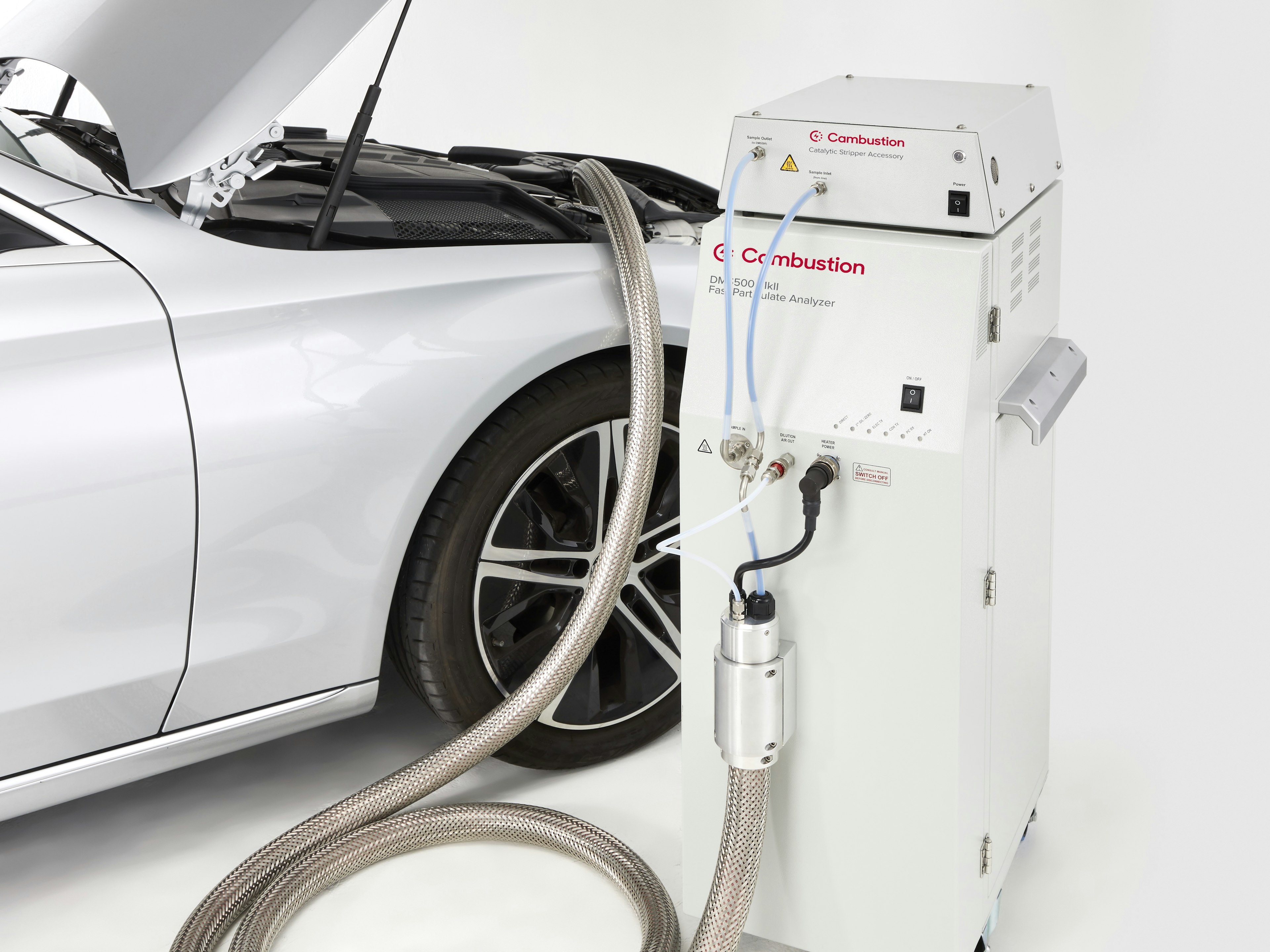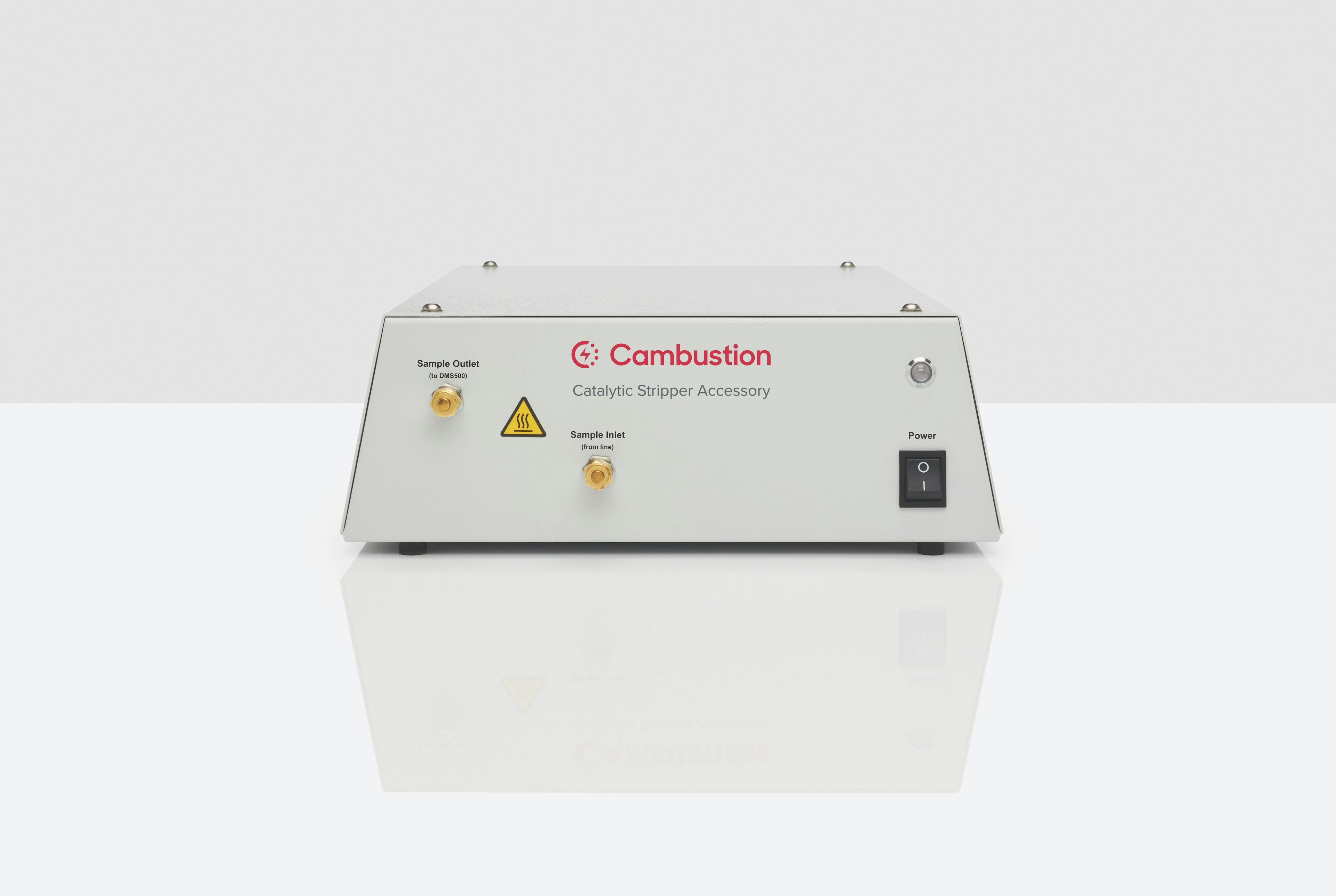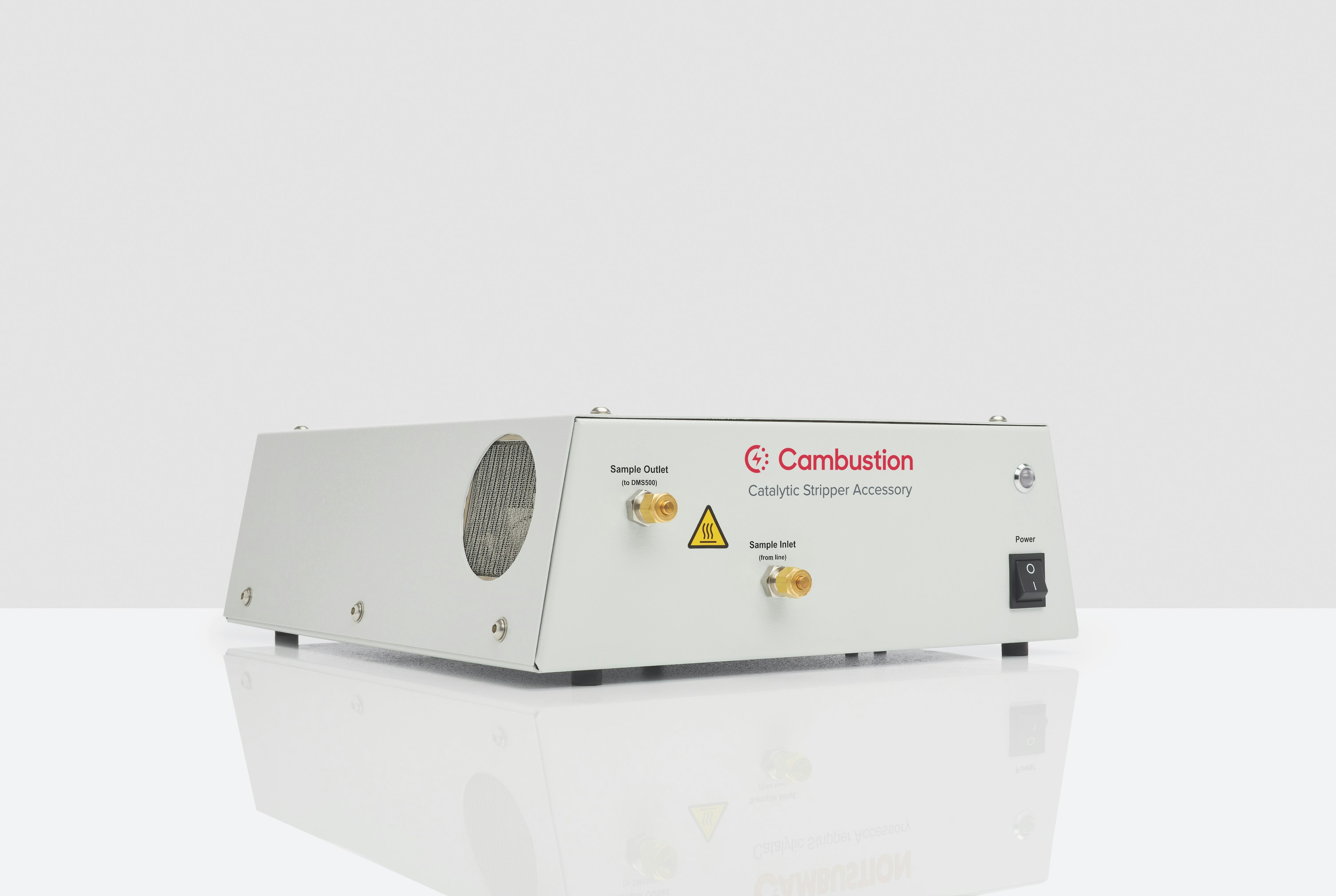CSA | Catalytic Stripper
Catalytic Stripper Accessory for DMS500
The Catalytic Stripper Accessory (CSA) has been developed specifically for the DMS500 to allow the removal of small volatile particles and support the measurement of small solid particles.
The CSA is employed as a Volatile Particle Remover (VPR), using catalytic removal rather than thermodilution as used in PMP Particle Number (PN) homologation measurements.
The CSA is carefully matched to the DMS500's operating conditions to ensure compliance with validation protocols (e.g. tetracontane removal) while active control of both catalyst and outlet cooler temperatures ensures repeatable performance and stable particle losses.
Proven Technology with Known Losses
The CSA is built around a catalyst from an established supplier in the field, with a proven history of applying catalysts within the field of particle measurements.
With stable operating conditions through consistent control, both the CSA and DMS500 sampling lines are fully characterised for particle losses, and the DMS500 software can automatically apply this loss correction, affording users complete confidence that measured data corresponds to the concentration at the sampling point.
Uncompromised Time Response & Sensitivity
Validation confirms that the CSA's diligent design ensures that the time response of the DMS500 (300ms T10-90% with a 7 metre heated sample line) remains uncompromised, allowing it to remain the particle sizer of choice for transient engine exhaust measurements.
The CSA requires no further dilution (the DMS500 already having a built in two stage dilution system), thus avoiding sensitivity impairment.
Need more information? Connect to an expert
CSA Brochure
Download a brochure, or contact Cambustion for further information and prices.
The Cambustion DMS500 with CSA — the fastest way to measure engine particulate size & number
This video demontrates the ease of use of the DMS500 with CSA for making solid engine particulate measurements for Euro 6 (>23 nm) or Euro 7 (sub 23 nm, down to 10) — with the fastest time response available.


